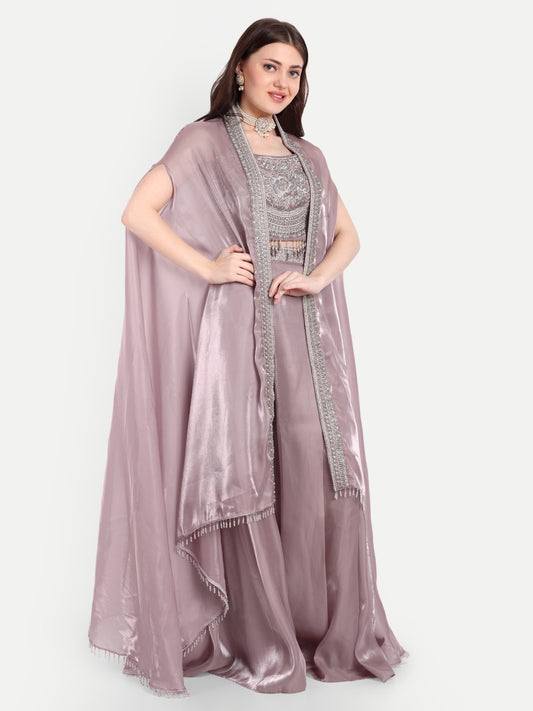Collection: ORGANZA
-
Blush Pink Flared Palazzo And Crop Top With Cape Set
Vendor:My StoreRegular price Rs. 9,990.00Regular priceUnit price / per
“There’s nothing more modern than a woman owning her tradition with pride.” — Anita Dongre





